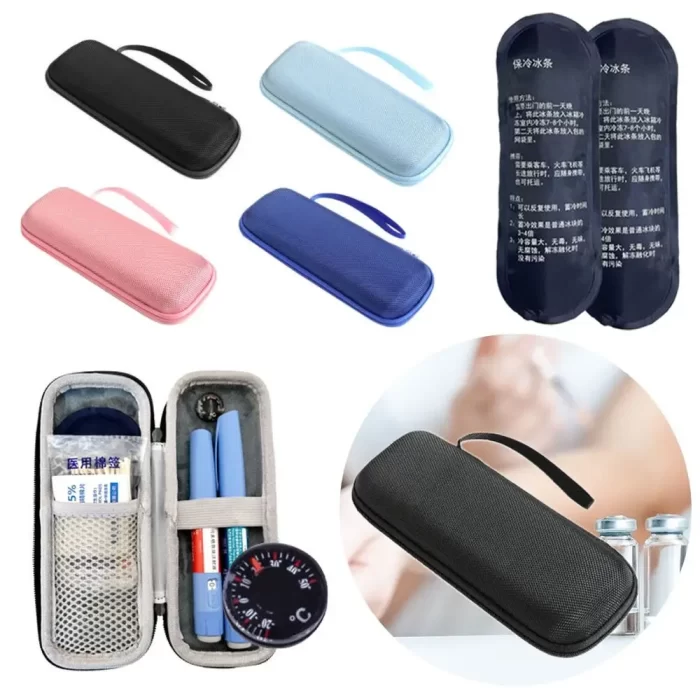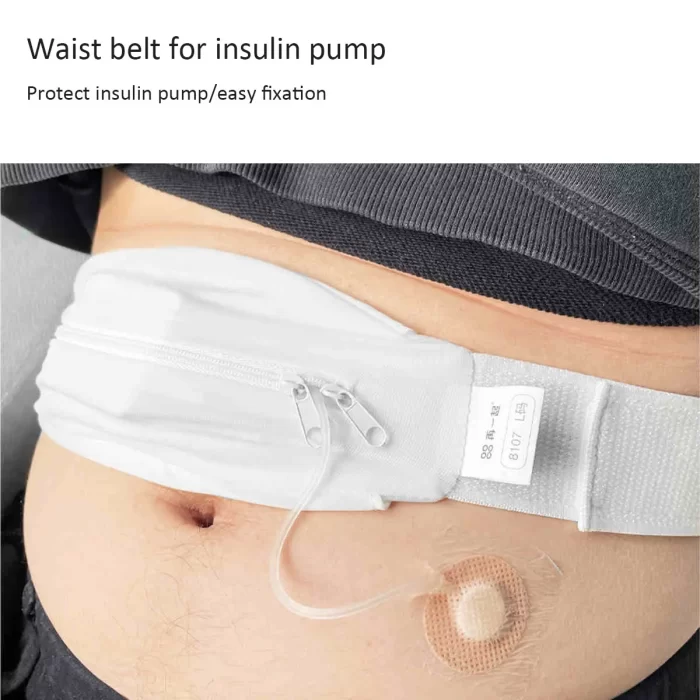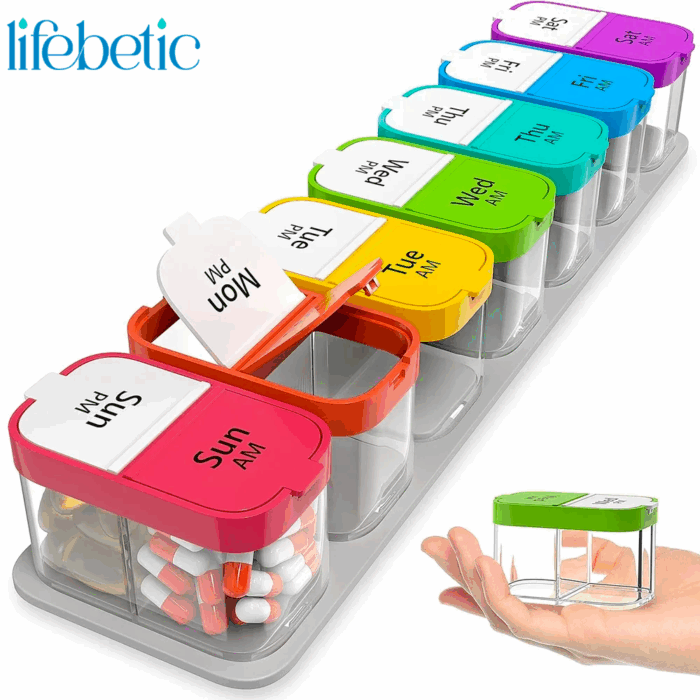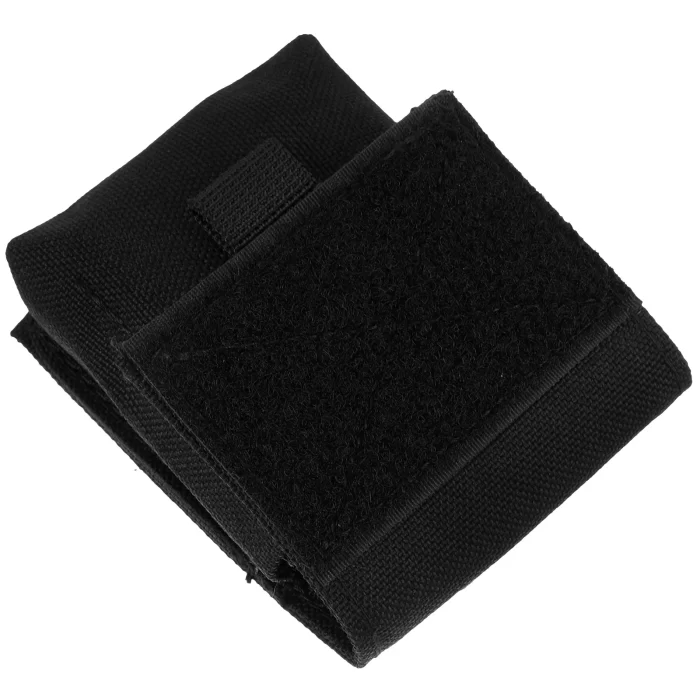Understanding Diabetic Needles: A Comprehensive Guide
Diabetic needles are essential tools for individuals managing diabetes. These needles are used for insulin injections and play a crucial role in maintaining blood sugar levels. In this article, we will explore what diabetic needles are, their importance in 2025, and provide a step-by-step guide on their usage.
Table of Contents
What is Diabetic Needles?
Diabetic needles are specialized syringes designed for the administration of insulin. They come in various sizes and gauges, allowing users to choose the most comfortable option for their needs. These needles are typically used by individuals with type 1 or type 2 diabetes to manage their blood glucose levels effectively.
- Insulin syringes
- Insulin pen needles
- Safety needles
- Ultra-fine needles
Understanding the different types of diabetic needles is crucial for effective diabetes management. For more detailed information, you can visit this resource.
Why is Diabetic Needles Important in 2025?
As we move into 2025, the importance of diabetic needles continues to grow. With an increasing number of people diagnosed with diabetes, the demand for safe and effective injection methods is higher than ever. Innovations in needle technology are making injections less painful and more efficient.
Moreover, the rise of telehealth services has made it essential for patients to manage their diabetes at home. This trend emphasizes the need for reliable diabetic needles that patients can use independently. In 2025, the focus will be on enhancing user experience and safety, ensuring that individuals can manage their condition with confidence.
Step-by-step Guide to Diabetic Needles
Step 1: Choose the Right Needle
Selecting the appropriate needle size and gauge is critical. Consult with your healthcare provider to determine the best option based on your insulin type and injection site. Common sizes range from 28 to 31 gauge, with shorter needles often preferred for comfort.
Step 2: Prepare for Injection
Before injecting, wash your hands thoroughly. Gather your supplies, including the insulin vial or pen, alcohol swabs, and the chosen needle. Ensure that the injection site is clean and free from any contaminants.
Step 3: Administer the Injection
Pinch the skin at the injection site and insert the needle at the recommended angle, typically 90 degrees for subcutaneous injections. Inject the insulin slowly and steadily, then withdraw the needle and dispose of it safely in a sharps container.
Common Mistakes to Avoid
When using diabetic needles, several common mistakes can lead to complications:
- Using the wrong needle size or gauge
- Not rotating injection sites, leading to lipodystrophy
- Failing to check insulin expiration dates
- Improper disposal of used needles
Avoiding these mistakes can significantly improve your diabetes management and overall health.
Real-world Examples
Many individuals successfully manage their diabetes through proper use of diabetic needles. For instance, Sarah, a type 1 diabetic, shares her experience of switching to ultra-fine needles, which made her injections less painful and more manageable. Similarly, John, who recently started using insulin pens, found that the convenience of pen needles improved his adherence to his treatment plan.
These real-world examples highlight the importance of choosing the right diabetic needles and the positive impact they can have on daily life.
FAQ
What are the different types of diabetic needles?
Diabetic needles include insulin syringes, insulin pen needles, and safety needles, each designed for specific needs and preferences.
How often should I change my diabetic needle?
It is recommended to change your needle after each injection to prevent infection and ensure the needle remains sharp.
Can I reuse diabetic needles?
Reusing needles is not advisable as it increases the risk of infection and can lead to dull needles, making injections more painful.
Key Takeaways & Conclusion
In conclusion, understanding diabetic needles is vital for effective diabetes management. As we approach 2025, the importance of these tools will only increase, emphasizing the need for education and proper usage. By avoiding common mistakes and following best practices, individuals can significantly improve their quality of life.
For those looking to enhance their diabetes management, consider exploring various diabetes accessories that can help streamline your routine.
Discover our premium accessories for diabetics —
Visit the shop

 Waterproof Insulin Cooler Bag – Travel Case with Gel Packs
Waterproof Insulin Cooler Bag – Travel Case with Gel Packs  LifeBetic™ Invisible Insulin Pump Waist Belt – Lightweight, Breathable Support for All Pump Models
LifeBetic™ Invisible Insulin Pump Waist Belt – Lightweight, Breathable Support for All Pump Models  LifeBetic™ XL Weekly Pill Organizer – AM/PM Moisture-Proof Medicine Box
LifeBetic™ XL Weekly Pill Organizer – AM/PM Moisture-Proof Medicine Box  LifeBetic™ Insulin Pump Belt Bag
LifeBetic™ Insulin Pump Belt Bag  Smart Insulin Cooler Travel Case
Smart Insulin Cooler Travel Case